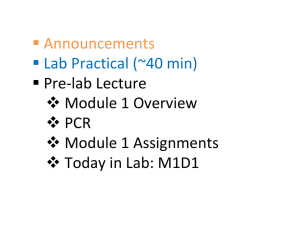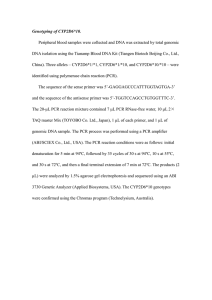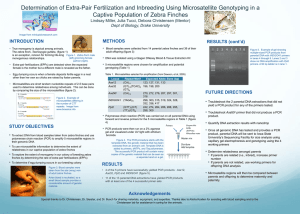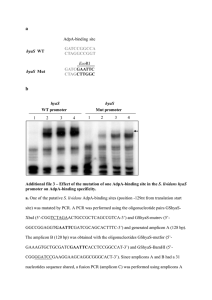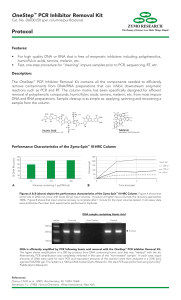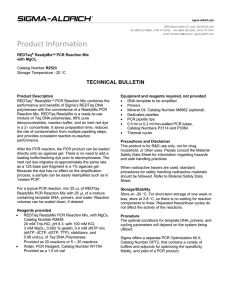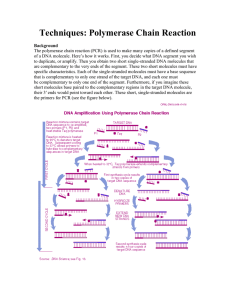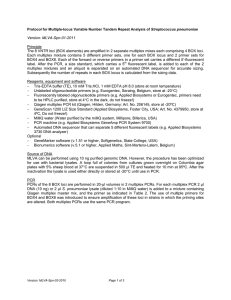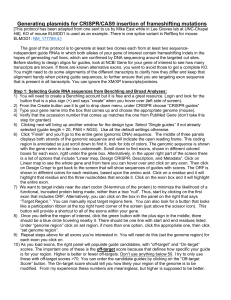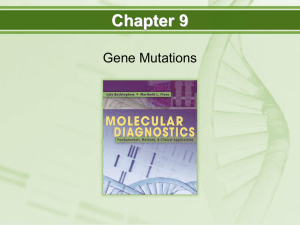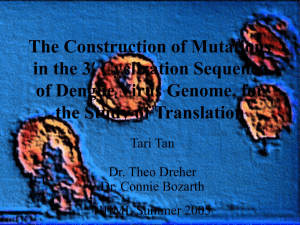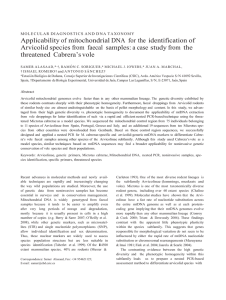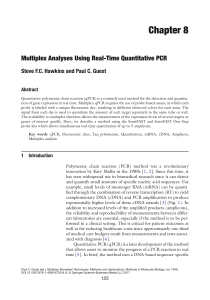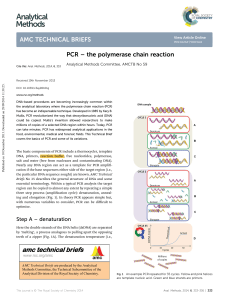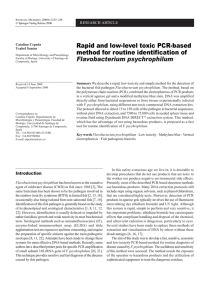Recitation Section 19 Quiz III Review
advertisement
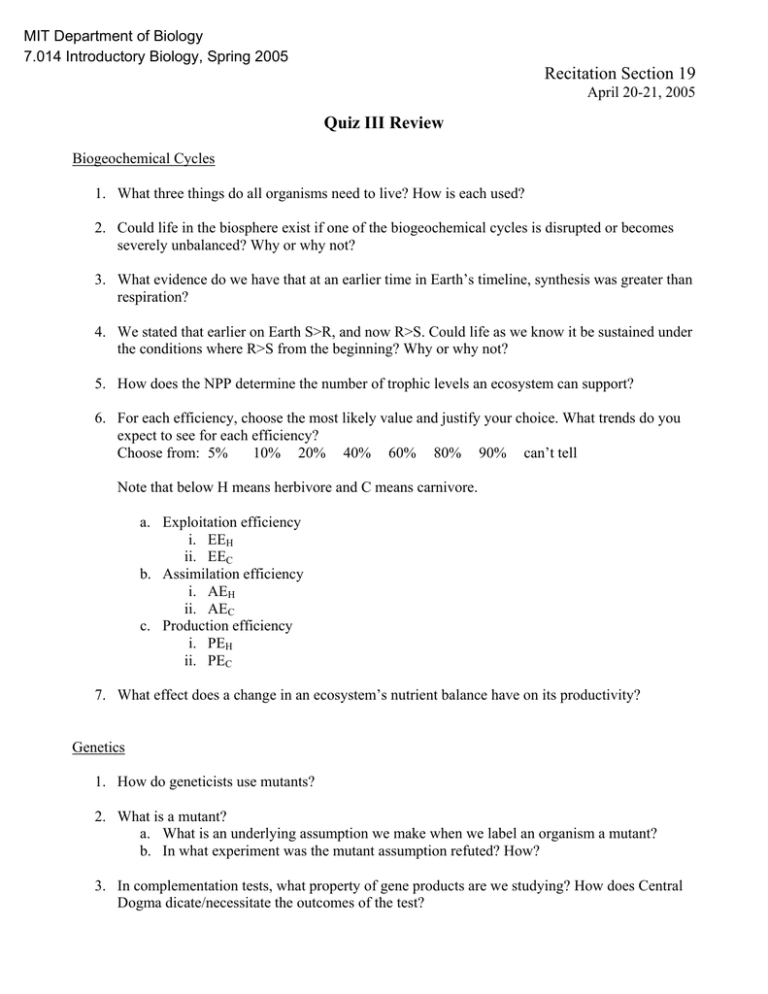
MIT Department of Biology 7.014 Introductory Biology, Spring 2005 Recitation Section 19 April 20-21, 2005 Quiz III Review Biogeochemical Cycles 1. What three things do all organisms need to live? How is each used? 2. Could life in the biosphere exist if one of the biogeochemical cycles is disrupted or becomes severely unbalanced? Why or why not? 3. What evidence do we have that at an earlier time in Earth’s timeline, synthesis was greater than respiration? 4. We stated that earlier on Earth S>R, and now R>S. Could life as we know it be sustained under the conditions where R>S from the beginning? Why or why not? 5. How does the NPP determine the number of trophic levels an ecosystem can support? 6. For each efficiency, choose the most likely value and justify your choice. What trends do you expect to see for each efficiency? Choose from: 5% 10% 20% 40% 60% 80% 90% can’t tell Note that below H means herbivore and C means carnivore. a. Exploitation efficiency i. EEH ii. EEC b. Assimilation efficiency i. AEH ii. AEC c. Production efficiency i. PEH ii. PEC 7. What effect does a change in an ecosystem’s nutrient balance have on its productivity? Genetics 1. How do geneticists use mutants? 2. What is a mutant? a. What is an underlying assumption we make when we label an organism a mutant? b. In what experiment was the mutant assumption refuted? How? 3. In complementation tests, what property of gene products are we studying? How does Central Dogma dicate/necessitate the outcomes of the test? 4. What remarkable steps in Mendel’s experiments led to his discoveries? 5. How did the advent of sexual reproduction enable evolution to proceed at a faster pace than before? 6. What does it mean when we say “two genes are linked?” How does the physical reality of the linkage relate to Mendel’s experiments and Chromosomal Theory of Inheritance? 7. How can you determine in a pedigree if a given trait is a. Dominant or recessive? b. Autosomal or sex-linked? Recombinant DNA 1. What is the origin of replication? How is it used in recombinant DNA? 2. Is it possible to cut a vector and a genomic insert with two different restriction enzymes and yet successfully ligate them together? If no, why not? If yes, under what conditions? 3. Suppose you determine that the fluffy pathway in yeast consists of five genes—flf1-5. a. What must the genotype of the strain used to build a library be? b. What about its phenotype? 4. A sequencing reaction relies on the presence of a special kind of nucleotide. What is this kind and how does the reaction depend on it? 5. PCR a. PCR produces a fragment of _________ stranded DNA that is usually ________ than the template DNA that was used for amplification. b. How should you design primers for a PCR reaction? Discuss positioning and directionality of the primers. c. Is the target fragment being produced in the very first cycle of PCR? Explain.





